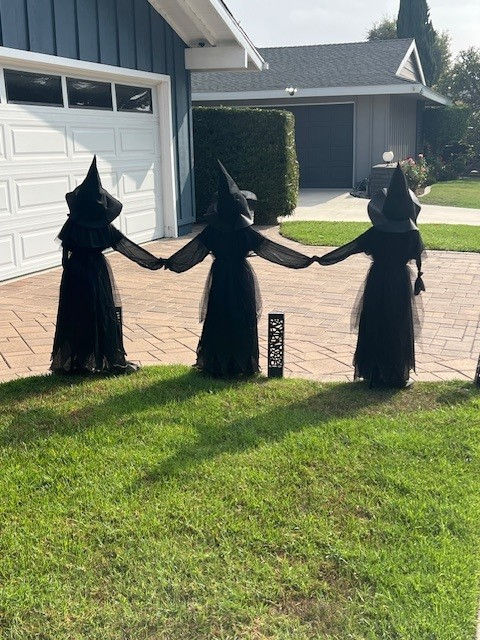Understanding our Brain – Heather Esposito
- Sherry
- Sep 3, 2019
- 4 min read

How do we create a “brain conscious team?” As humans we have a basic need for belonging and central to this is an understanding that our brain has social needs, just like it has physical needs. I learned about how Herman Miller, a highly successful global commercial furniture manufacturing company is taking this seriously. Meet Heather Esposito, a Senior Learning Strategist with the Sales Readiness Team at Herman Miller. She shared about their commitment to better brains and better humans.
Sherry: What led you to this brain focus in leadership development?
Heather: I am a Professional Certified Coach and was introduced to Dan Radecki and the psychological S.A.F.E.T.Y. model years ago which led me to take the Academy for Brain-Based Leadership’s (ABL) psychological safety training certification. I could see the power of this learning and development and it has become a foundation for all we do to prepare our Sales Leaders to more fully understand what drives the behavior of their direct reports. I attended the inaugural certification, and now I am introducing this framework to leaders and their teams. For the past three years, I have been helping our leaders develop their coaching skills, and they learned the S.A.F.E.T.Y. model as part of the coaching workshops. With the new offerings from ABL, we are now able to take the psychological safety work even further.
Herman Miller has led the industry in knowledge and research around human-centered design both in product and the office floorplate. This focus on designing workplaces to address the fundamental human needs has been central to our mission of “Inspiring designs to help people do great things.”
Since this was already a part of our DNA in creating effective workplaces , it was a logical extension to work with our leaders to develop their awareness and understanding of the brain and its impact on behavior.
Sherry: How many leaders have you prepared with these concepts?
Heather: We have equipped over 100 leaders with this training and understanding of our brain and behavior driven by individual and social needs. We are now expanding the S.A.F.E.T.Y. work to their teams of individual contributors through Team S.A.F.E.T.Y. workshops.
Sherry: What are you seeing as the impact of this work?
Heather: I am seeing a greater awareness that when we meet the needs of our talent, they are in a better brain space which impacts performance, productivity, and engagement. When this awareness and shift in thinking is not there, we see less connected teams. Leaders who embrace the coaching and have been open to new ways of doing things have teams with a higher level of engagement with the work and each other – there is a discernable difference.
I finished my stage two certification in January of this year and now I am facilitating team-based workshops – this is the 2.0 of psychological safety. In the team workshop, the leader and the team map their S.A.F.E.T.Y. profiles and we see how their individual needs complement each other and where there could be potential conflicts or blind spots. By measuring the current psychological safety of the team, we can also see how effectively these needs are currently being met within the team. It helps the team understand how they see themselves individually and discuss their different needs in areas such as fairness, security, esteem. Our goal is have an organization of teams who all have a high degree of psychological safety.
Feelings of threat might erode a sense of security based on what is happening at the time, so it is critical to help each member to recognize what may be triggering them, which S.A.F.E.T.Y. need(s) is/are being impacted and then helping them to reframe and stay solution focused rather than problem focused. Having remote teams can present additional challenges in communicating across the team. That leads me to the point that a leader can only take the team so far with psychological safety; we have to show up for each another more intentionally – that is the power of this work. We are equipping the individual to not only better understand themselves but others, as well.
We are also helping the individual contributors to learn it is not everyone else’s job to take care of them. We are developing them to ask for what they need and equipping them to do that. We are giving our people a common language to get the social needs of the brain met in a more meaningful way.
Sherry: What have you learned about yourself through this experience?
Heather: There are several things. First, we are all a work in progress. We can always grow and develop ourselves, and I am a life-long learner. Second, small changes can make a big impact. A few small shifts in language make a big difference. Words matter. Third, people want to be better and they often don’t know how. We really never learned about developing interpersonal skills in school. We were not taught how to be brain friendly in our communications. The lower brain allows us to fall into being the victim. We can keep that higher brain in control, but it takes building awareness and teaching others.
In Summary
I so appreciated the opportunity to speak with Heather and learn about the work happening at Herman Miller. It is clear that she and the Sales Readiness team are leading a transformation. It has resulted in the team building a strong reputation within the organization. Her energy and enthusiasm was contagious and now I am re-reading Dan’s book, Psychological Safety.
She has earned the trust of the leaders with whom she is privileged to work. Congratulations on your work and passion Heather – we know this is such important work for all of us. It is purposeful and feeds our quest to be better leaders and better humans.




Comments